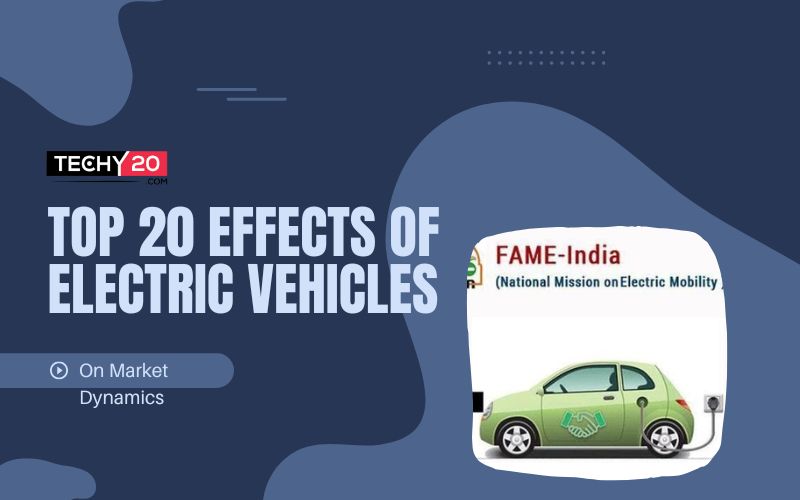An electric vehicle uses one or more than one electric motors for propulsion. Currently, we employ four types of electric vehicles as follows.
- Battery Electric Vehicles (BEVs)
- Fuel Cell Electric Vehicle(FCEV)
- Plug-in Hybrid Electric Vehicle (PHEV)
- Hybrid Electric Vehicle (HEV)
Over time, a few electrical vehicle companies like Volkswagen AG, Tesla, BMW Group, and Nissan Motors have grown in power. Here we have listed the top 20 effects of electric vehicles on market dynamics.
1. Growth In Market Size Of Electric Vehicles
After comparing 2019 and 2018, the growth in light electric vehicles is only 9%. The market size is predicted to grow from 4,093 thousand units in 2021 to 34,756 thousand units by 2030.

2. Covid-19 Impact On The Electric Vehicle Market
The COVID-19 pandemic has affected all types of electric vehicle companies. The beginning of the year 2020 shows negative growth in overall new car registrations due to lockdowns and logistics problems. Surprisingly, as time passed, global electric vehicle sales grew by 43% compared to 2019 sales.

3. Hydrogen Fueling Stations Demand
The global electric car industry share rose in 2020. As shares increased, many countries also increased their hydrogen fueling stations and electric vehicle charging stations across their states. This led to a massive demand for PHEV, FCEV, and BEV.
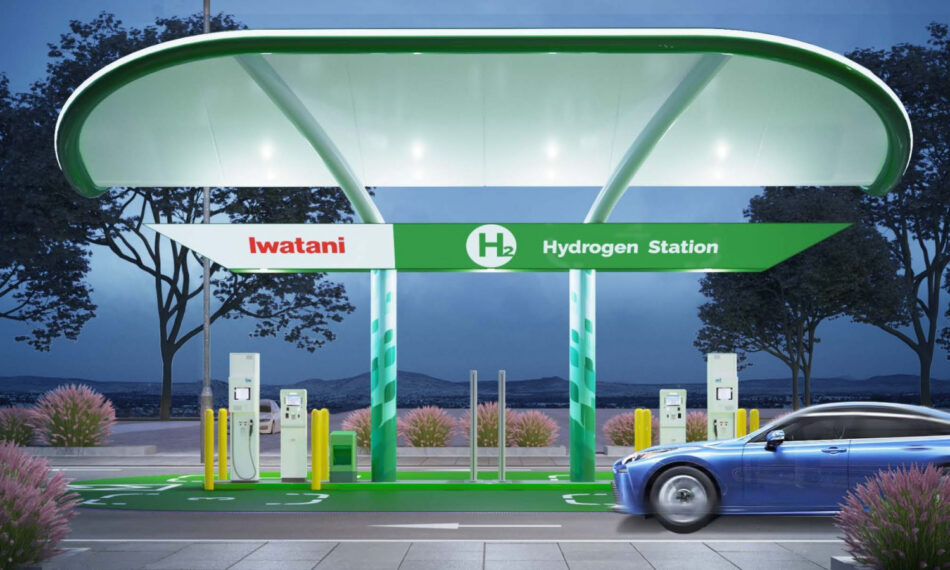
4. Government Initiatives
The American government invested USD 5 billion to promote electric cars. The European agreements place a new idea and revolution in which a high growth rate in the sale of electric vehicles is observed.
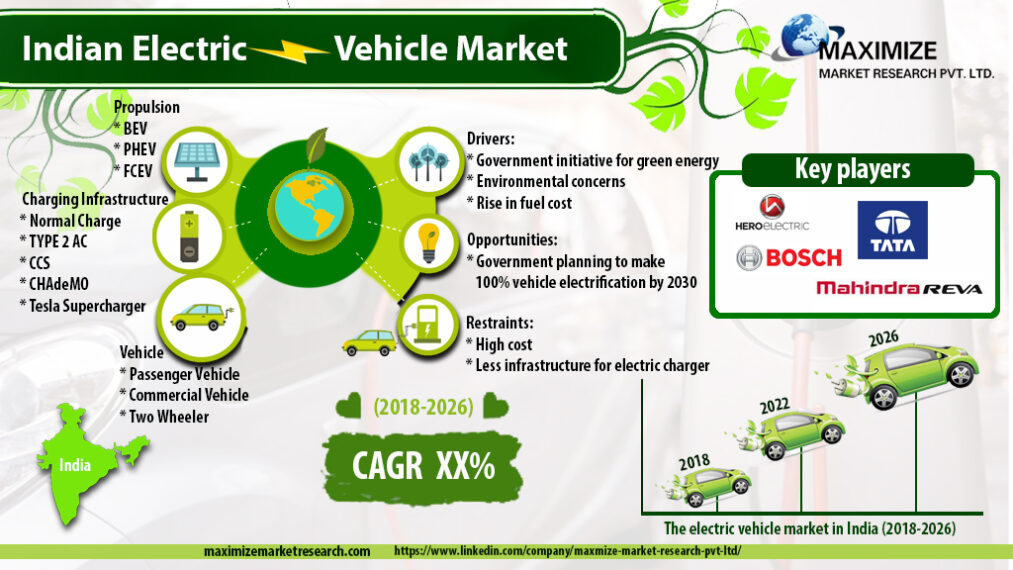
5. Importance Of Partnership
The partnership between the American departments of energy and transportation put a vision for a national fast-charging network with up to 350 kW of direct current fast charging.
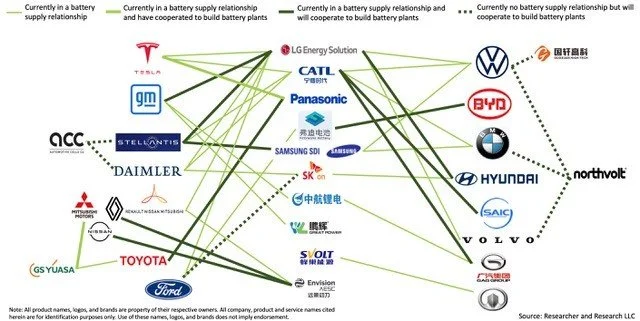
6. Rise In The Price Of Petroleum
After the COVID-19 pandemic, the petrol prices in the market have been rising over the years. Petrol is a non-renewable energy resource, and due to the high demand, its price is increasing. According to the Energy Information Administration, 101.95 million barrels per day will be consumed. The limited reserves and rising cost of petroleum led to alternative fuel sources for vehicles. Also, the use of oil lowers the value of trade in the economy. The governments of many countries have allowed charging station developers to develop charging infrastructure which can reduce the use of oil.
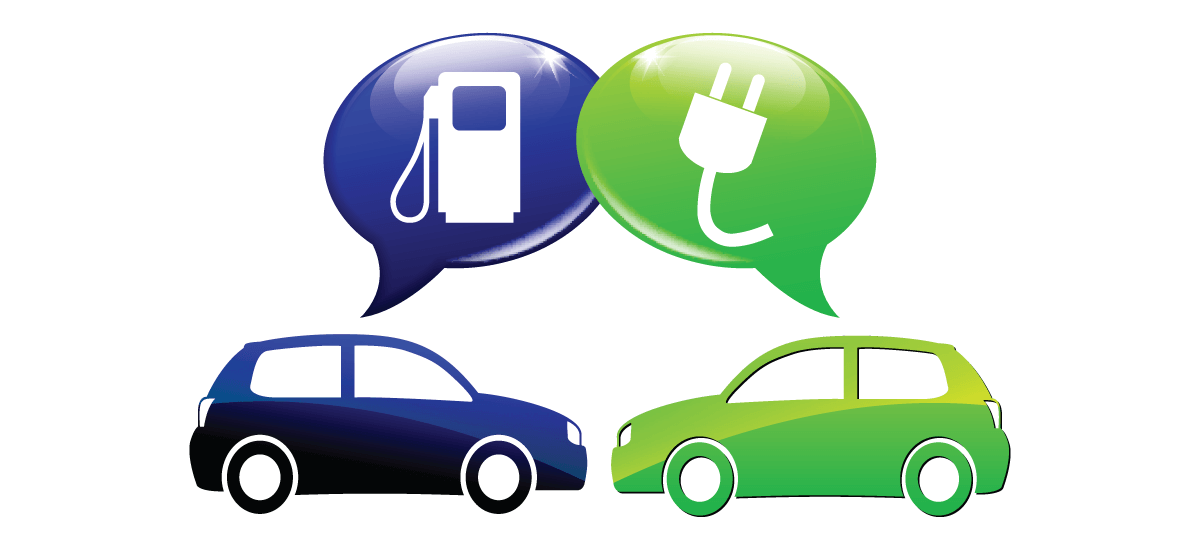
7. Government Plans And Policies
Government plans and policies play a massive role in the electric vehicle future. The government has set up targets of around 2050 to reduce vehicle emissions. To meet such targets they have started promoting the sales of Electric vehicles and related charging infrastructure.
8. Tax Infrastructure
The government is providing various steps such as exemptions from import tax, road tax, purchase tax, or zero registration fees.
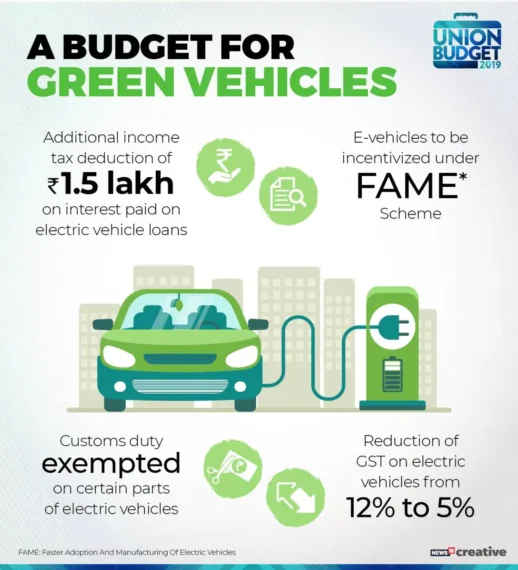
9. The Effect Of Electric Vehicles On The Environment
In 2020, electric cars will consume about 1% of the worldwide electricity. Electric vehicles already accounted for 4.6% of the global vehicle fleet. In 2020, more than 50 million tons of carbon-dioxide emissions will be saved by the use of electric vehicles globally. After comparing electric vehicles with internal combustion engine cars, the environmental impact is increasing in favor of electric vehicles.
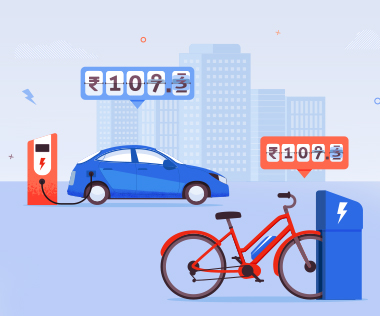
10. The Effect Of The Electric Vehicle On Brand Image
Electric vehicles offer a positive and impactful brand image. It circulates powerful messages to the customers.

11. The Effect Of The Electric Vehicle On The Electricity Market
Electric vehicles enhance consumption of electricity, and by the 2040s, electric cars will have up to over 30 TWh of installed battery storage capacity. This means increasing electric vehicles offers cheap energy storage and low operating costs.

12. Market Insufficiency
Due to the the demand for the electric vehicles market, insufficient standardization of electric vehicle charging infrastructure was needed. The lack of standardization across the world impacts the installation of charging stations which increases the growth of the Electric Vehicle Charging Station market.

13. Electric Vehicle Charging Infrastructure
Different countries use different standards for fast charging of electric vehicles. Japan uses CHAdeMO; China uses GB/T; Europe and Korea use CCS. The Indian government uses both CHAdeMO and CCS.

14. Voltage Regulation Infrastructure
The type of voltage applied for certain electric vehicles.
- AC charging stations provide a voltage of 120V AC through level 1 charging stations and 240V AC through level 2 charging stations.
- DC charging stations provide a voltage of 480V. Many countries and big companies are trying to make ends meet.
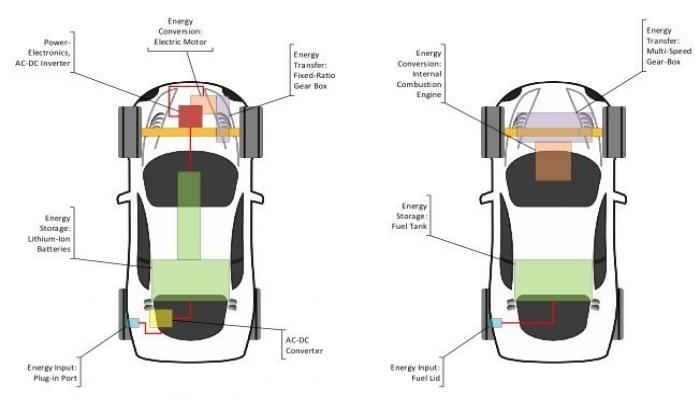
15. Emission Reductions
Electric vehicles offer many benefits like Emission reductions. According to the European Environmental Agency Report, about half of premature deaths from local air pollution are due to transport. Electric vehicles have a positive effect on human health and the environment.
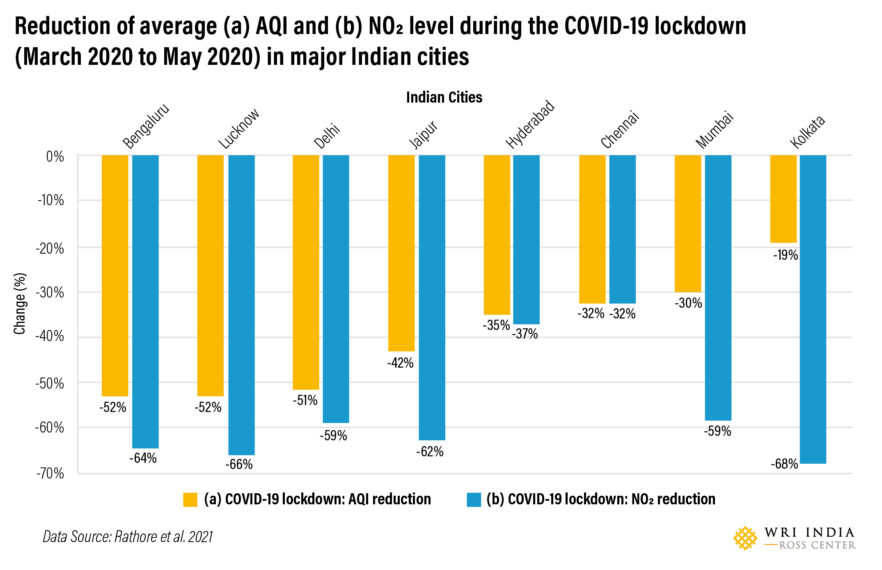
16. Recent Developments In Asian Electric Vehicles Companies
Toyota launched new Mirai and LS models in Japan in April 2021. The model has advanced driving technology. Hyundai group launched the new Ioniq electric in May 2019. The model has an advanced battery of 38.3 kWh. BYD launched the e3 electric sedan in China in November 2019. The model has an advanced battery of 35.2 kWh and 47.3 kWh or 70 kW electric motor. Volkswagen launched the seven-seater electric vehicles ID.6 Crozz and ID.6 X. As of now, the cars will be sold only in China. The model has an advanced battery between 58 kWh and 77 kWh.
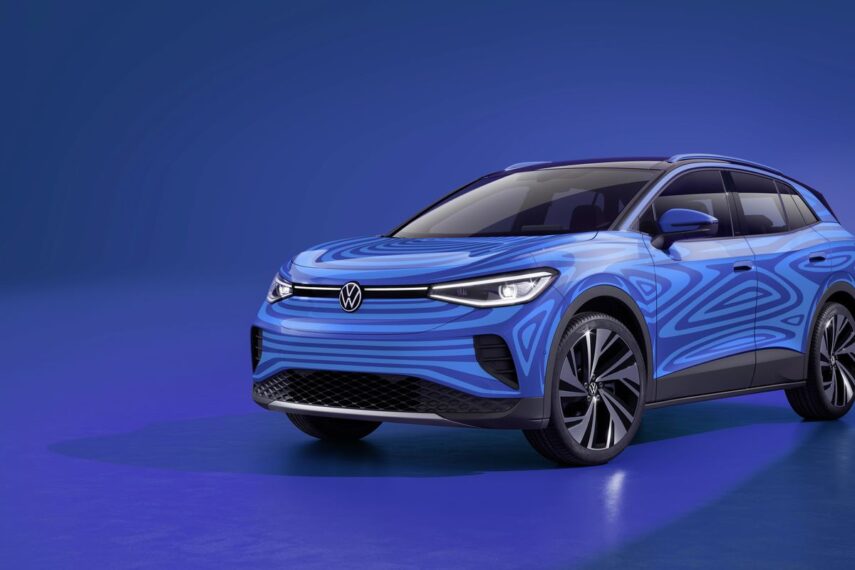
17. Recent Developments In Western Electric Vehicles Companies
BMW launched the 2nd generation 330e and 330e xDrive in North America in March 2020. The model has an advanced battery of 12 kWh. Nissan launched the Leaf model in the US in December 2020. The model has an advanced battery between 40 kWh and 62 kWh. Volvo launched the C40 Recharge model in March 2021. Most of its features are similar to the XC60 model.
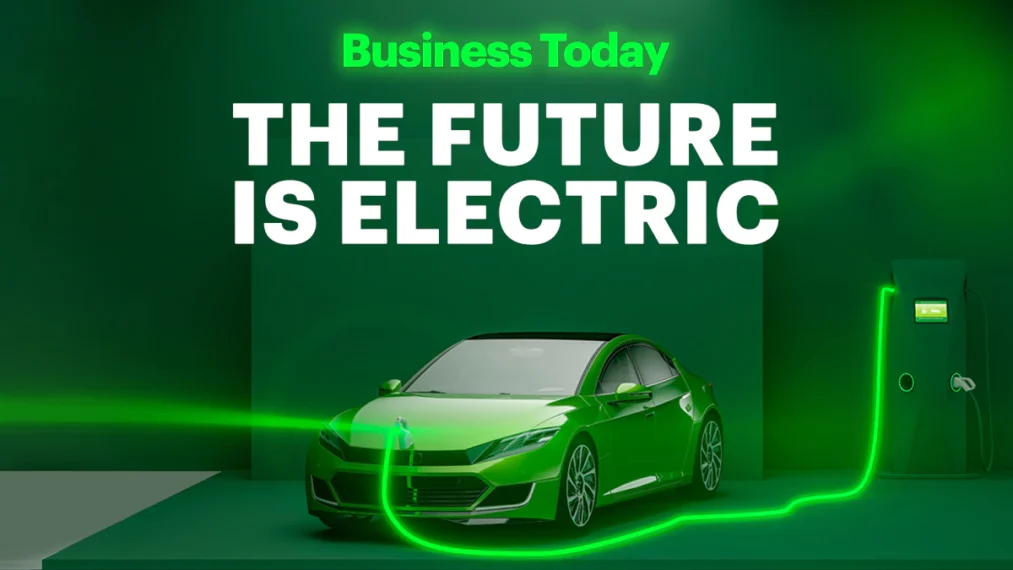
18. Lower Costs
Electric vehicles offer meager and affordable maintenance costs. Electric vehicles Advertised energy consumption is only 16kWh/100km which is cheaper than diesel.
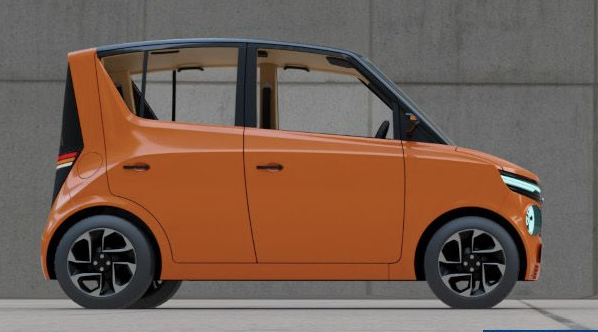
19. Electrification Will Cause A Significant Shift In Automotive
The material used in vehicles like engines and fuel injection systems would decline to approx. 11 percent by 2030. Such a drastic decline will push traditional companies to adapt quickly. The Material used in electric vehicles like light detection and ranging sensors and radar sensors will make up approx. 52 percent by 2030.
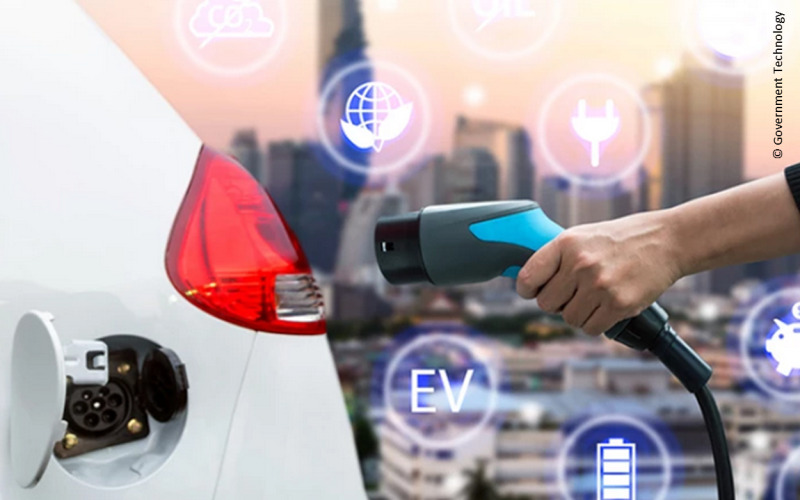
20. Customers Don’T Want To Go Back
According to a survey, 96% of electric vehicle users said they would buy another. Many customers said they no longer have concerns after making their purchase.


